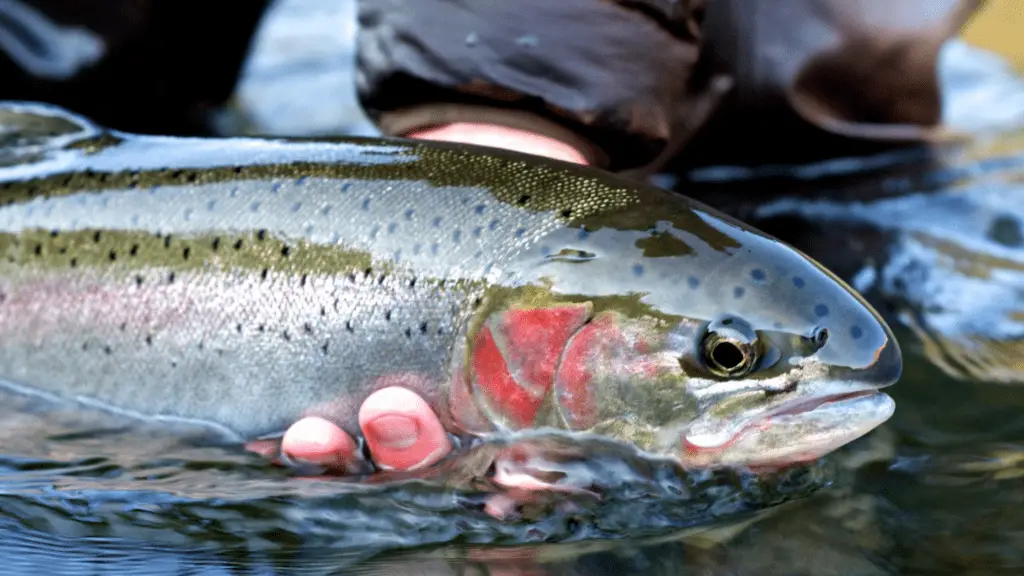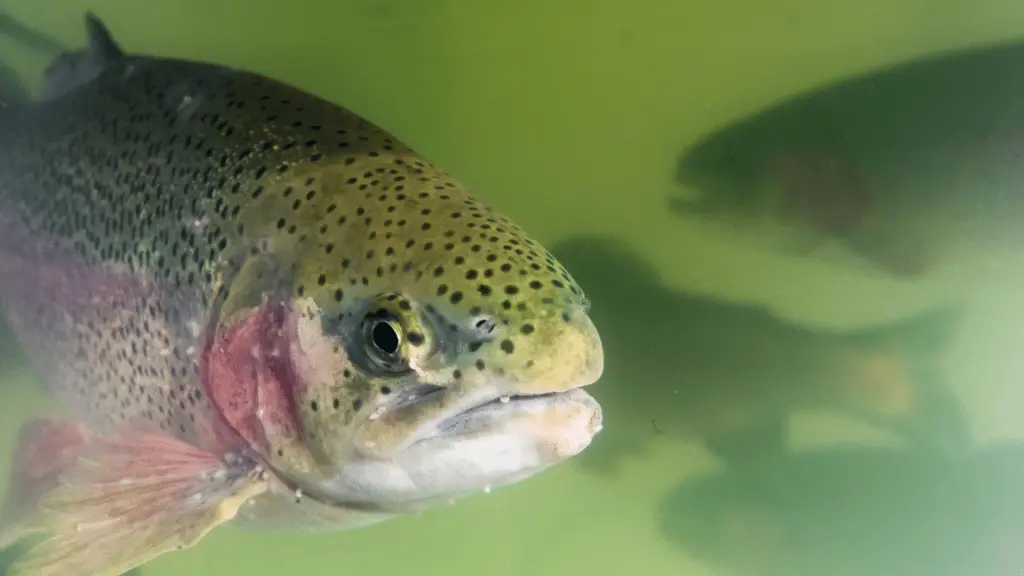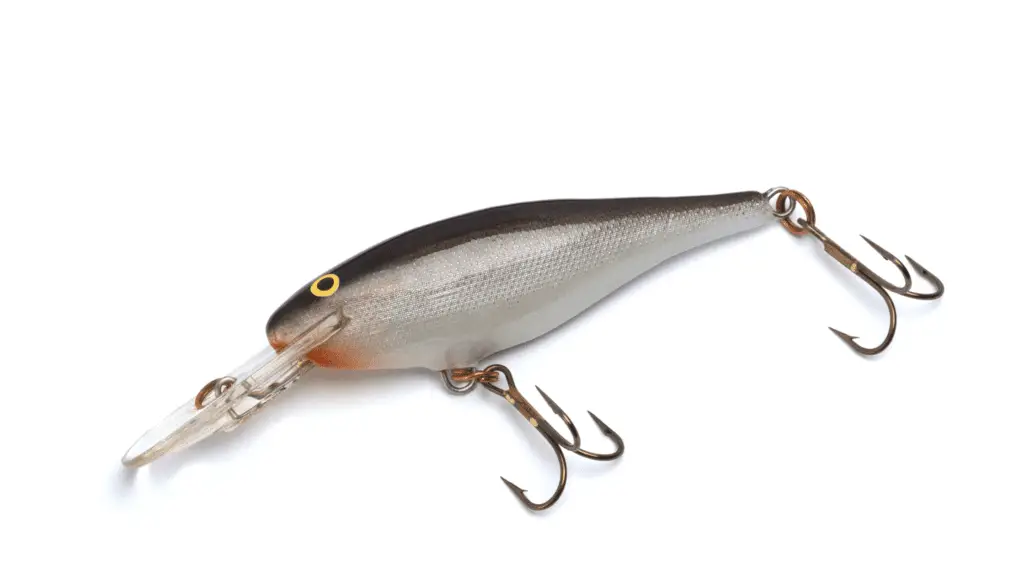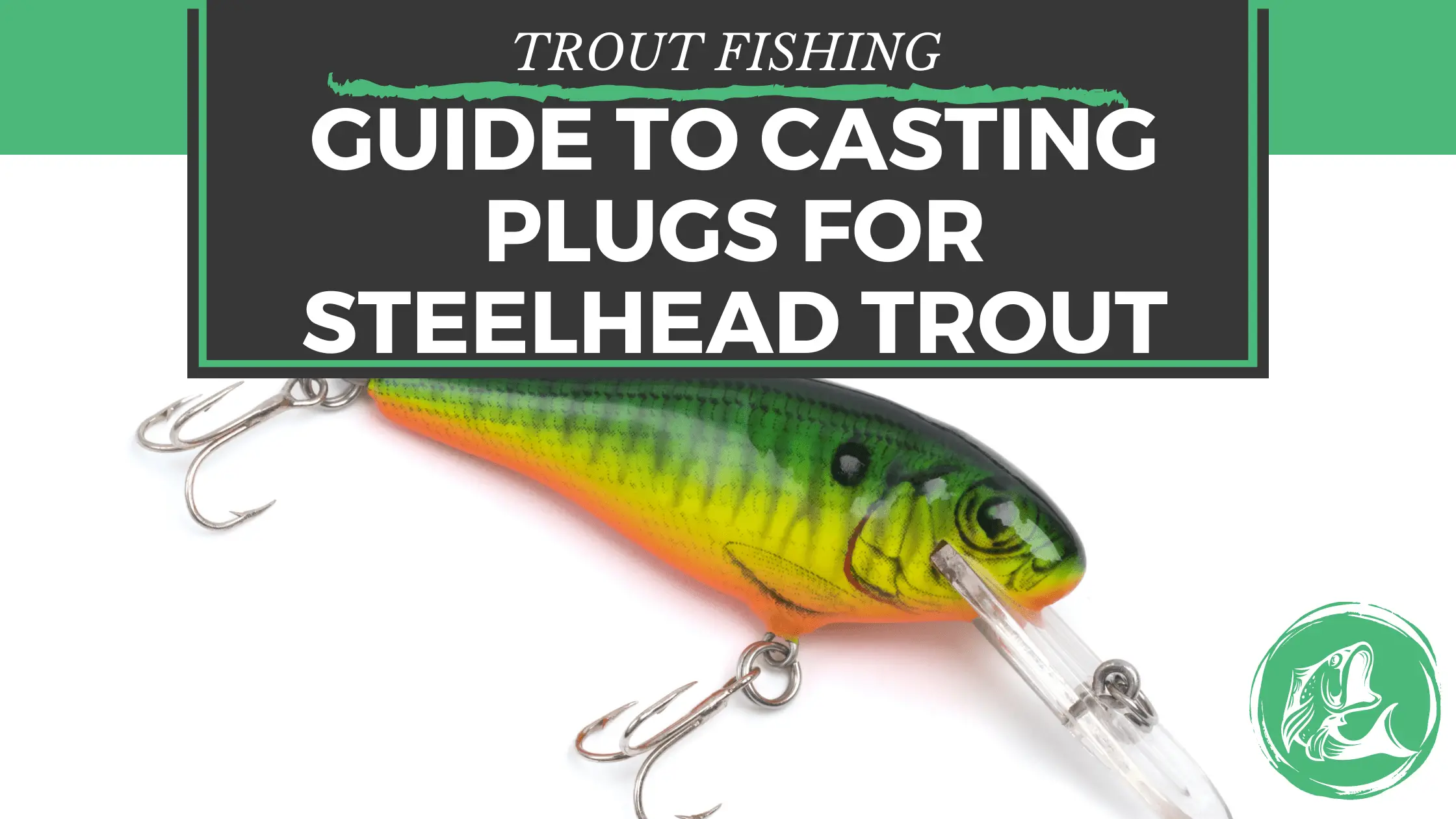Guide To Casting Plugs For Steelhead Trout
Steelhead trout is one of North America’s in-demand fish. They are particularly anadromous, which means they wander around the creeks and rivers where they were hatched. After that, they migrate to larger bodies of water, such as the ocean. Then, they return as grown fish to the creeks and rivers where they first spawned.
Size is the steelhead’s notable attribute compared to the usual trout. They feed adequately in the oceans they migrate to and outgrow their river and creek relatives in terms of size.
Targeting these species can be a bit challenging because of their fighting abilities. Steelheads are acrobatic, energetic, and strong muscular trout. They can certainly tire you out after spending a day fishing for them. However, this activity can become easier with the proper casting plugs. Steelheads bite plugs whenever anglers fish for them. So, how do you cast plugs for steelhead trout?

Steelhead Fishing Guides Exist To Help
Catching fish is a great activity, but there is no other fascinating fish other than a steelhead. The good thing is, there are several ways to target them. Another thing is to take note of the best timing for their runs and spawning as they differ from every river. It’s best to conduct some research first before fishing for them.
First, you must have the right equipment. Although you can use any reel and rod in the water, you will have greater success using casting plugs. The good thing is that collecting plugs doesn’t mean buying all plugs available on the market. However, it would help if you had various plugs according to the different situations during fishing. You can start with at least 5 different plugs.
Having different plugs means you can reach varying water depths and manage the different current speeds. This includes lots of practice and experimentation. It’s important to note how good each plug is for the different scenarios.

Catch Steelhead Easily When Casting Plugs
To succeed in steelhead fishing, you need to develop an effective strategy to find fish aside from having the best gears, plug colors, and techniques. Casting plugs is easy. Simply casting out and reeling it in will do. Also, agility is needed to reel fast enough to allow the plug to wiggle and dive.
Plugging is one of the most useful techniques. They can go from simple to complex. Develop methods whichever you can pull off. Keep reading to know more tips to be well on the water and keep the fish coming.
How do you fish plugs for steelhead trout?
Pulling plugs has been a tradition way back in the old times. It mostly includes sitting on a boat and pulling rod tips on the oars.
Your basic setup should include at least a 7 foot and six-inch up to an 8-foot rod with a durable backbone and fast-action trips. Several rod manufacturers produce the Lamiglas CXC series. This has a consistent and reliable drag system that can be beneficial.
One of the things to do is ensure you are at the same distance and know how far your rod tip from the plug is.
Ensure that your plugs have a similar size and style when fishing different lures
This will help you know that they are on a similar depth. One of your plugs might swim deeper compared to other styles. To be successful in plug fishing, ensure your hooks are sharp enough. This is to be ready for fish that can strike fast. Hooks must be able to penetrate jaws that sharp hooks can do easily.
Pull plugs like an art
The best way to achieve the required level of plug pulling is to do it several times. Working on the kicker motor and oars is also needed to keep the plugs in one place where there are lots of fish to catch. You also need to set up your boats to succeed in plug pulling. The setup should be at least a 30-degree angle facing the water and offset.
Read the water before pulling plugs
Being aware of the water conditions is more vital than what is going on at the surface level. Steelheads are mostly found on root wads, substrates, and hidden boulders, and your success is greater in these spots.
Slowly pulling plugs is one of the best practices even for beginners. You have to sit tight and wait until a fish gets hooked.
Stay focused once a take-down happens
Grabbing the rod and yanking back are the usual mistakes done. Alternatively, after burying the rod tips, wait for a few seconds to ensure the hooks are well set. After that, lift it from your rod holders and make one or two-reel cranks to ensure hooks are securely buried.
What are the best techniques when casting plugs for steelhead trout?
Here are special fishing techniques specifically applied to steelhead trout. They are easy to learn and can help you improve your ways of fishing.
Plunking
Plunking involves tossing your gears out and placing your rod in its holder or opposite the forked sticks while waiting for fish bites. Although it’s not the best technique for steelhead fishing, it can still be productive and adventurous.
Bobber and Jig
Steelhead bobber and jig fishing is people’s preferred technique. This is a simple method, although it requires some knowledge. You have to get into the right position for bobber rigging and precisely use the mainline. You can also add small to medium-sized beads and bobbers for the mainline.
Fly fishing
Fly fishing is another method for casting steelhead plugs. The only downside is equipment can be expensive because you need better gears for easy and good casts. Anglers can choose either single or double-handed rods.
Moreover, fly fishing patterns can greatly vary. The advantage of this method is it can easily catch steelhead in shallow waters near the river edges.
Back trolling
This technique involves slowly backing steelhead down the river from your moving boat slightly slower than the water current. You can start by going from the upstream area to hold your boat steady. Next is to freely spool you plug out behind your boat 80 feet depending on the speed and depth of water. This technique lets the plug dive deeper at the bottom throughout your drift.

What color plugs are best when casting for steelhead trout?
Plug colors mainly depend on water conditions and plug size. Also, the plug size and color should match visibility in the water.
The best plug colors for clear water conditions with a small plug size are black and copper. All metallic and white colors are ideal in green water conditions, with medium plug size.
When fishing in murky water conditions with a large plug, white, gold, and metallic green and blue work best. Lastly, the best colors are UV colors like fluorescent red for deep waters with a large plug size.
What are the best types of plugs to use when casting for steelhead trout?
Usually, bringing specific plug styles isn’t as necessary as having various plugs that can dive in different depths and withstand varying current conditions.
Rocker style
Wiggler style
- Wiggle Warts
- FatFish
- Hot Shots
- Brad’s Wigglers
Banana style plugs
What type of rod and reel setup should I use when casting plugs for steelhead trout?
It is recommended to choose lightweight reels and rods for steelhead trout fishing because they let you use lighter lines and smaller lures that can specifically target finicky and stealthy trout. Downsizing your line to at least 2 pounds is also a great option.
Spinning rod set up
Great options for the rod length range from 6 to 7 feet because this is ideal for most trout fishing applications. This includes lakes, ponds, streams, and rivers.
The recommended rod power commonly used in trout fishing is ultralight. Also, you will have more fun catching trouts of regular size (one to two pounds) with this setup compared to using a heavier tackle.
Trout leader set up
If you want to focus on trout fishing, six to 10-pound test braided lines are the perfect mainline to use. This is because braids have zero stretches, giving more sensitivity. Moreover, with braids, you will feel the slightest movements and vibrations of the lure underwater.
In addition to its great sensitivity, braided fishing lines have no memory. This means they have better casting abilities than fluoro or mono lines. These aid in increasing the precision and distance with lightweight rigs and micro lures to help you land on more steelheads.
Plan Your Steelhead Trout Fishing Ahead
Now that you have finished reading this blog, you are more knowledgeable on which plugs to add to your tackle box and methods to use when catching steelhead trout.
You can also add custom color schemes and customize your lures according to your preferences by making adjustments and replacing the hooks when needed. In addition, the best techniques, plug types, and colors to use were also discussed for more in-depth information.


